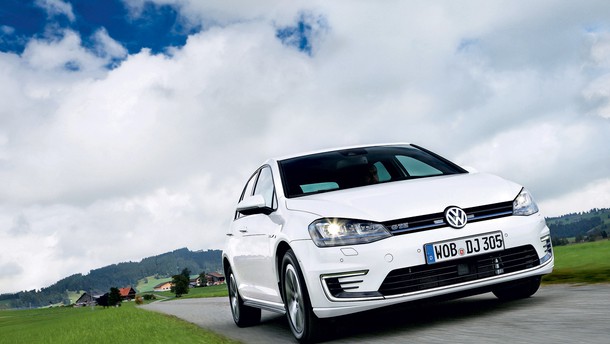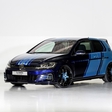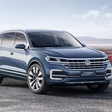
E stands for Electricity, but it could just as well stand for Energetic. Because the GTE, although driven by electricity, has the soul of a real sportsman.
From GTE introduction on, the sporty economy at VW does not necessarily mean that the Golf must be diesel-driven not only to lower consumption, but also to provide a boost during strong acceleration. Some do not like (even sporty) diesels, and they are also ever less popular among politicians (not to mention environmentalists), due to diesels hard particles emissions.

So, if we combine all this together with the recent heading of the automotive industry, the emergence of the Golf GTE is not even remotely surprising. Downsizing or reducing the volume of the engine, at an equal power, combined with plug-in hybrid technology, is not only the peak of the automotive industry, together with full electric drive, but the combination is also quite welcome, from a marketing aspect.
With the 110 kW TSI and 75 kW electric motor (which is mounted in the housing of the new dual clutch gearbox), thus achieving sporty 150 kW of system power, the Golf GTE is a real eco car, but with the soul and abilities of a GTI. This is actually the sportiest plug-in hybrid outside the premium class. Lithium-ion batteries can store up to 8.7 kWh of energy, and they are mounted under the back seats. The fuel tank has a capacity of 40 liters, which enables the car to drive up to 900 km, if you drive economically. However, it's quite difficult to keep it together and remain economical in the GTE. Believe me.

When driving along the roads and highways around Zurich, at the pace of the traffic and only partially e-driven, the consumption was around two and a half liters per 100 kilometers. However, my hand was automatically attracted to the button on the center console, with the enticing label, "GTE." This drive function switches to the mode where the hybrid's task is to use the electric motor to support the TSI, to achieve maximum power. The Golf GTE is fastest and loudest in that mode, just as the GTI's brother should be. The only noticeable difference is the tires since, in the GTE, they are meant to save fuel, thus giving the less precision and feedback to steering, and the limits are set lower. The mass, however, 1.6 tons, does not go unnoticed in how the car feels on the road, when either braking or swiftly turning.
When it was given a serious boost, consumption rose to eight liters, while there was still some electricity in the battery. The GTI would use almost twice as much energy, and even the GTD barely approaches these numbers.

When the driver is not interested in sport and fun, the GTE can be switched to a completely electric mode or one of the three hybrid modes: classic, eco with battery, or the mode where the battery charges while driving. For up to 50 kilometers, the GTE can only use electricity, and its electric motor is capable of accelerating swiftly from a halt – enough to give the ESP some work on a wet road.
The GTE charges in four hours from the mains, or in two hours from the domestic wallbox (a special connection to otherwise normal electric wiring). Therefore, it is quite easy to imagine how you can drive around for days only on cheap electricity. Unfortunately, Volkswagen limited the power to charge from the mains (since the car could also be charged in slightly more than two hours from this type of energy supply).

The standard equipment is quite rich, since it comprises full LED headlights and a 16 cm color LED touch display on the dashboard. Everything comes down to the price: where countries subsidize plug-in hybrids, the GTE comes quite close to the price of the Golf GTD. Where countries do not offer this option, you can be comforted by the fact that, with the same fast and enjoyable drive, you do not burden the environment, like the owners of GTDs.



